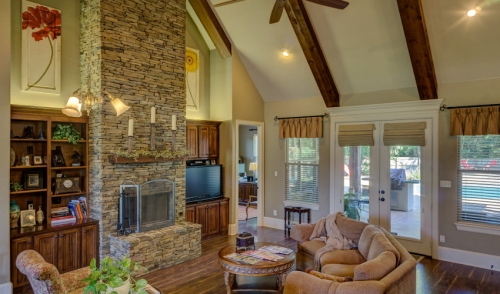
Designing With Cultural Awareness
Builders are introducing new floor plans that respond to the needs of an increasingly diverse population. Racial and ethnic diversity will continue to grow and define the United States population into the future. According to the Pew Research Center, by 2055 the nation will not have a single racial or ethnic majority, and most of the population growth is expected to be linked to new Asian or Hispanic immigration.
This isn't a pattern that home builders and designers can afford to ignore. Right now, the influx of multicultural buyers is most noticeable in major urban centers such as Houston, Los Angeles, New York, Seattle, and Washington, D.C. Pew indicates that Asia has replaced Latin America, including Mexico, as the biggest source of new immigrants, a fact borne out by the sources consulted for this article. (The term “Asian” is used here to connote Chinese, Japanese, Taiwanese, Vietnamese, and similar origins, while "East Indian" encompasses Pakistani and other South Asian nationalities.)
New homes must offer flexible floor plans that allow buyers to assign specific purposes to their living space. Options for such features as prep kitchens and full multigenerational suites are essential. In some locations, buyers may prefer elevations that are more traditional than contemporary. It may also mean that most or all of a builder’s floor plans are designed according to feng shui, the Chinese art and practice of creating harmonious surroundings, or vaastu shastra, a traditional Hindu system of architecture.
The New Home Company in Aliso Viejo, Calif., takes the position that good design usually dovetails with many cultural principles. “For instance, vaastu teaches us to build in harmony with nature and focuses on balancing energy inside the home,” says Joan Marcus-Colvin, chief marketing officer. “Our open floor plans and constant attention to indoor/outdoor living supports these beliefs.”
Smita Anand, principal of KTGY Architecture & Planning in Tysons, Va., cautions builders and developers to not restrict offerings and lots for the sole purpose of appealing to specific cultural groups. “You have to have a diversity of product so that you’re not creating cultural pockets,” Anand says.
